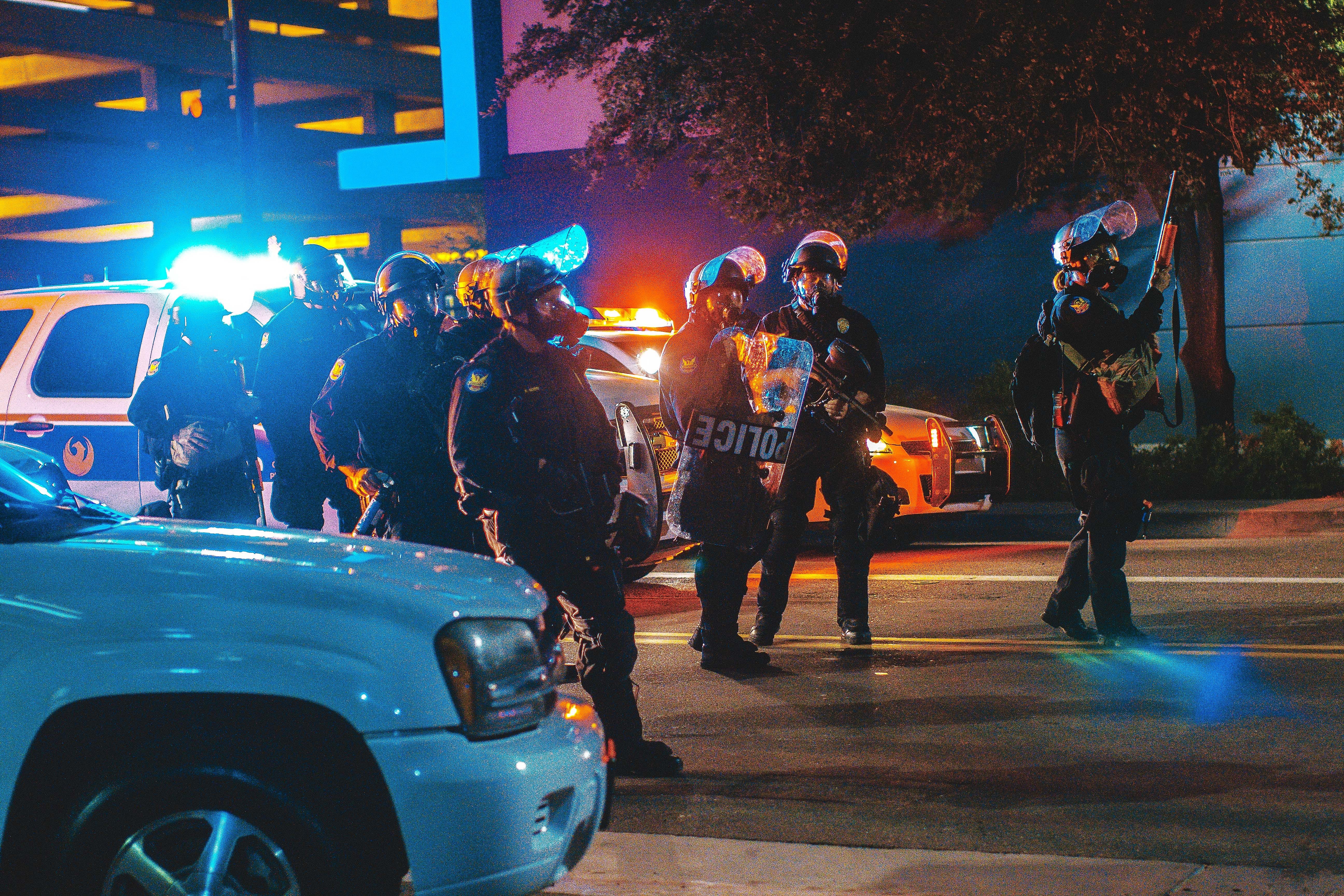The CDC has confirmed that the synthetic opioid, fentanyl, is currently the deadliest drug in the United States. In Oregon, specifically, law enforcement officials are combating a 91 percent increase in fentanyl deaths between 2016 and 2017.
A new Centers for Disease Control and Prevention (CDC) report has confirmed that the synthetic opioid, fentanyl, is currently the deadliest drug in the United States. It has surpassed heroin. In 2017, an estimated 47,600 people died from opioid overdoses nationwide. The CDC concluded synthetic opioids were involved in 60 percent of those deaths, a 45 percent increase from 2016. In Oregon, specifically, law enforcement officials are combating a 91 percent increase in synthetic opioid deaths in the one-year span between 2016 and 2017.
“It’s the number one drug problem that we’re facing in Jackson County right now,” said Lt. Mike Budreau with the Medford Police Department (MPD).
Part of the issue is the potent makeup of fentanyl, which is 50 to 100 times stronger than morphine. The department indicated street dealers mix the dangerous, but cheaper, synthetic option with heroin to produce an especially deadly concoction. Most of the time, they don’t disclose the chemical makeup of what they’re selling to users, and users don’t care to ask. They’re trying to get a quick fix.
“It’s not being sold on the street as fentanyl,” said Lt. Mike Budreau. “It’s being sold on the street as heroin. And then the user is not really aware of how powerful this stuff is, or how deadly it is.”

Budreau said there have been 23 overdose deaths in Jackson County this year. The exact number involving fentanyl is still unknown because many of the cases are still under investigation. However, he said he remembered a two- or three-week period during the summer months when ten people died from opioid overdoses.
“We linked about half of those deaths to fentanyl related incidents,” Budreau said.
Another reason there has been a steady climb in fentanyl use in Oregon, concluded the MPD, could also be the accessibility of interstate I-5, which runs directly from California to the state, making the interstate transportation of drugs fairly easy. Law enforcement officers are focusing on targeting the supply chain, but the chase has been particularly difficult.
“The reality is we’ll send someone to prison for 15 years, but then there’s someone else willing to risk that sentence because there’s so much money involved,” said Budreau. So, there’s a low incentive from a dealer’s standpoint to stop trafficking substances. Officers are also focusing on getting accessible treatment to addicts. They are currently directing users to StaySafeOregon.com for treatment options. The site also lists the risks of abusing opioids and ways to manage chronic pain in a safe manner.
“If somebody does get addicted, they need to have a way out,” said Budreau. “It should be as easy for them to get treatment as it is for them to get drugs out on the street.” He added, “That’s not always the case.”
Naloxone is commonly used by officers to temporarily reverse the effects of opioid overdose. Oregon law enforcement officers carry the drug on them at all times and have had to use it eleven times in 2015, eight in 2016 and fifteen times in 2017. So far in 2018, it’s been deployed 27 times. This alone indicates there has been a significant increase in the number of Oregon residents using.
Max’s Mission in Oregon helps to arm the public with free naloxone. Residents can pick up supplies to keep on hand on certain distribution dates. Co-founder and Executive Director Julia Pinsky began the nonprofit with her husband, David, in 2016.
Sources:
Oregon sees third highest increase in synthetic opioid deaths nationwide


Join the conversation!